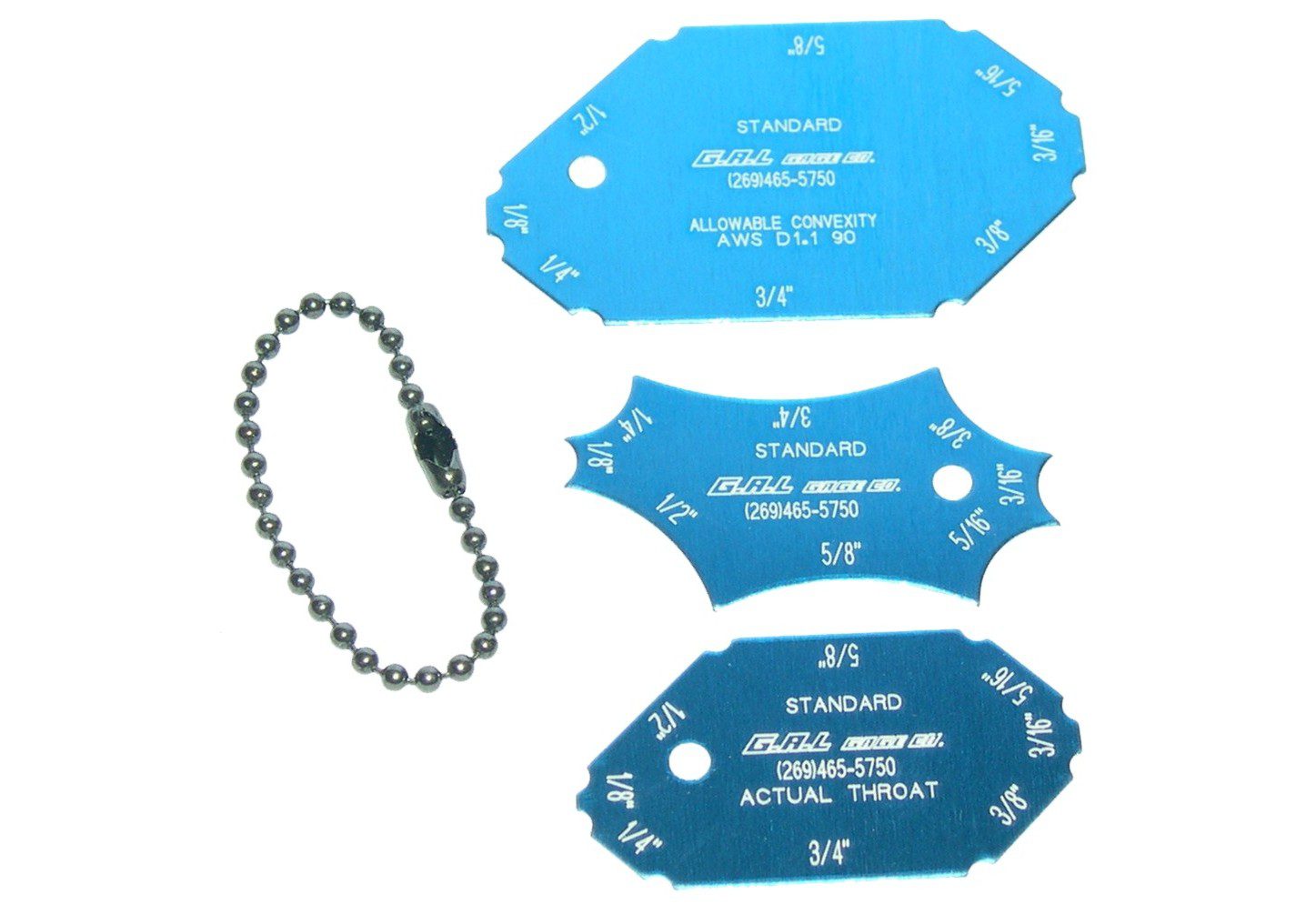The Ultimate Guide to Fillet Weld Quality Assurance: Making Sure Stamina and Resilience in Your Welded Joints
In the realm of welding, making sure the toughness and sturdiness of fillet welds is vital for the integrity of welded joints. As we begin on this expedition of fillet weld top quality control, we will uncover vital variables that affect weld strength, delve into efficient examination methods, and discuss techniques for avoiding typical weld flaws.
Importance of Fillet Weld Quality Control
Guaranteeing appropriate fillet weld high quality control is vital in ensuring the architectural stability and durability of welded components in various industries. Fillet welds are commonly used in structural steelwork, bridges, stress vessels, pipes, and various other important framework where the toughness of the weld is critical to total safety and performance. Quality control measures such as aesthetic examinations, non-destructive screening, and adherence to welding treatments help identify potential defects like absence of fusion, insufficient penetration, undercutting, or excessive support.
Secret Factors Influencing Weld Stamina
Attaining ideal weld strength needs careful factor to consider of various crucial factors that affect the integrity and longevity of the welded joint. The initial important factor is correct joint preparation, which includes cleaning the base metals to get rid of any pollutants that can compromise the weld. In addition, the fit-up of the joint is vital to make certain proper infiltration and blend of the filler material.
The choice of the ideal welding technique and specifications additionally plays a significant function in establishing weld strength. Aspects such as warmth input, traveling speed, and electrode angle can affect the top quality of the weld. Moreover, preserving the right interpass temperature level throughout multi-pass welding is vital to avoid fracturing and ensure a strong bond between the layers.
In addition, the selection of filler material and its compatibility with the base metals is crucial for achieving high weld strength. Using filler material with the appropriate mechanical buildings can boost the total honesty of the weld. Post-weld heat treatment and correct examination strategies are crucial actions in making sure the stamina and sturdiness of the welded joint.
Inspection Approaches for Weld Stability

An additional crucial evaluation technique is liquid penetrant testing, where a liquid color is used to the weld surface area - Gauge Fillet Weld. The color seeps right into any type of surface-breaking flaws, making them noticeable under UV light. This approach works for detecting flaws that may not be visible to the naked eye


Ultrasonic screening is also extensively used for evaluating weld stability. High-frequency audio waves are guided right into the weld, and any disturbances in the acoustic wave pattern show prospective issues like cracks or absence of fusion.
These examination techniques play an important duty in guaranteeing the top quality and reliability of welds, eventually adding to the overall toughness and resilience of bonded joints in commercial setups.
Protecting Against Common Weld Problems
In order to maintain the architectural integrity of welded joints in industrial applications, it is critical to implement precautionary actions to address common weld flaws. One usual issue is lack of fusion, where the filler material stops working to bond adequately with the base metals, resulting in weak points in the weld. This can be stopped by making certain correct heat control and using the appropriate welding method.
One more regular problem is porosity, triggered by gas entrapment in the weld steel throughout the welding process. To stop this, it is important to cleanse the base steels extensively, make use of completely dry electrodes, and keep an ideal welding setting with correct air flow.
In addition, splits in welds can jeopardize the joint's stamina. To avoid this problem, it is essential to manage the cooling rate after welding, use pre-heating when essential, and pick ideal welding criteria.
Enhancing Bonded Toughness With Correct Strategies
One vital method to boost weld Homepage resilience is to make certain appropriate weld grain placement. By placing the weld bead properly within the joint, the weld's stamina and resistance to exhaustion can be considerably boosted.
Selecting the ideal filler steel and ensuring the cleanliness of the base metals can prevent inclusions and other problems that could compromise the weld's resilience. By carrying out these appropriate techniques, welders can ensure that their welded joints exhibit remarkable strength and durability, meeting the highest top quality criteria.
Verdict
Finally, preserving top quality control standards for fillet welds is crucial for ensuring the toughness and toughness of bonded joints. By comprehending the essential factors influencing weld toughness, using evaluation methods for weld honesty, stopping typical weld problems, and employing correct methods, welders can enhance the total longevity of their welds. It is critical to focus on quality assurance actions to create dependable and long-lasting welded joints.
In the world of welding, guaranteeing the toughness and sturdiness of fillet welds is critical for the honesty of welded joints. As we get started on this exploration of fillet weld top quality control, we will certainly uncover crucial aspects that influence weld stamina, delve right into effective assessment methods, and go over strategies for protecting against common weld flaws.Achieving ideal weld strength needs mindful consideration of different essential elements that influence the integrity and longevity of the bonded joint (Gauge Fillet Weld).In conclusion, maintaining high top quality control criteria for fillet welds is essential click here for more for making sure the toughness and resilience of bonded joints. By recognizing the vital elements impacting weld toughness, utilizing inspection techniques for weld stability, protecting against usual weld defects, and employing proper methods, welders can improve the general toughness anchor of their welds
Comments on “How to Attain Accuracy with Gauge Fillet Welds in Your Jobs”